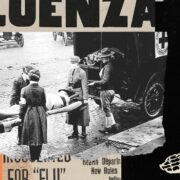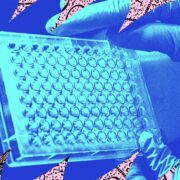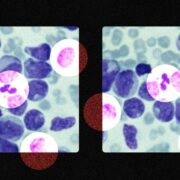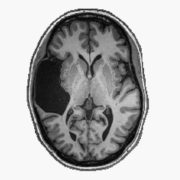
History Says the 1918 Flu Killed the Young and Healthy. These Bones Say Otherwise
A study of bones held in a Cleveland museum reveals a new side to the pandemic’s story—and a new way to think about pandemics to come. ..

A study of bones held in a Cleveland museum reveals a new side to the pandemic’s story—and a new way to think about pandemics to come. ..
Christopher Columbus was blamed for bringing syphilis to Europe. New DNA evidence suggests it was already there. Maybe both stories are true. ..
Ethics watchdogs are looking out for potentially undisclosed use of generative AI in scientific writing. But there’s no foolproof way to catch it all yet. ..
Patients and clinicians generate huge amounts of data that could advance care. But turning the system into an R&D powerhouse means ripping up the rules. ..

Immune cells called monocytes are triggered to help clear infection—but in some cases they never switch off, leaving patients breathless for months. ..

Researchers say viruses can kill antibiotic-resistant microbes and help treat infections. Regulators have to figure out how to get them on the market. ..

Fakery spans “beautified” data, photoshopped images, and “paper mills.” Experts and institutions are employing tools to spot deceptive research ..

Glaciers offer unparalleled insight into the world’s climate. But as they melt, the data they offer is less useful—and more dangerous to collect. ..

The open science movement pushes for making scientific knowledge quickly accessible to all. But a new paper warns that speed can come at a cost. ..

A woman grew up without her left temporal lobe, which highlights how amazingly plastic the brain is. ..